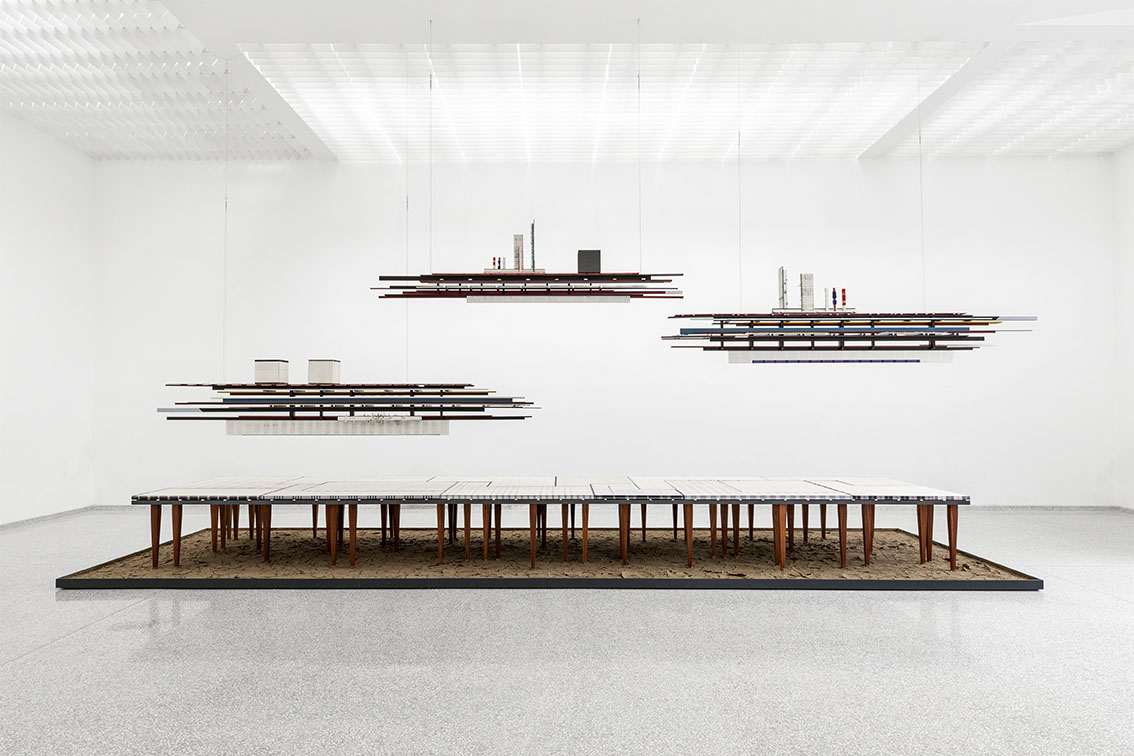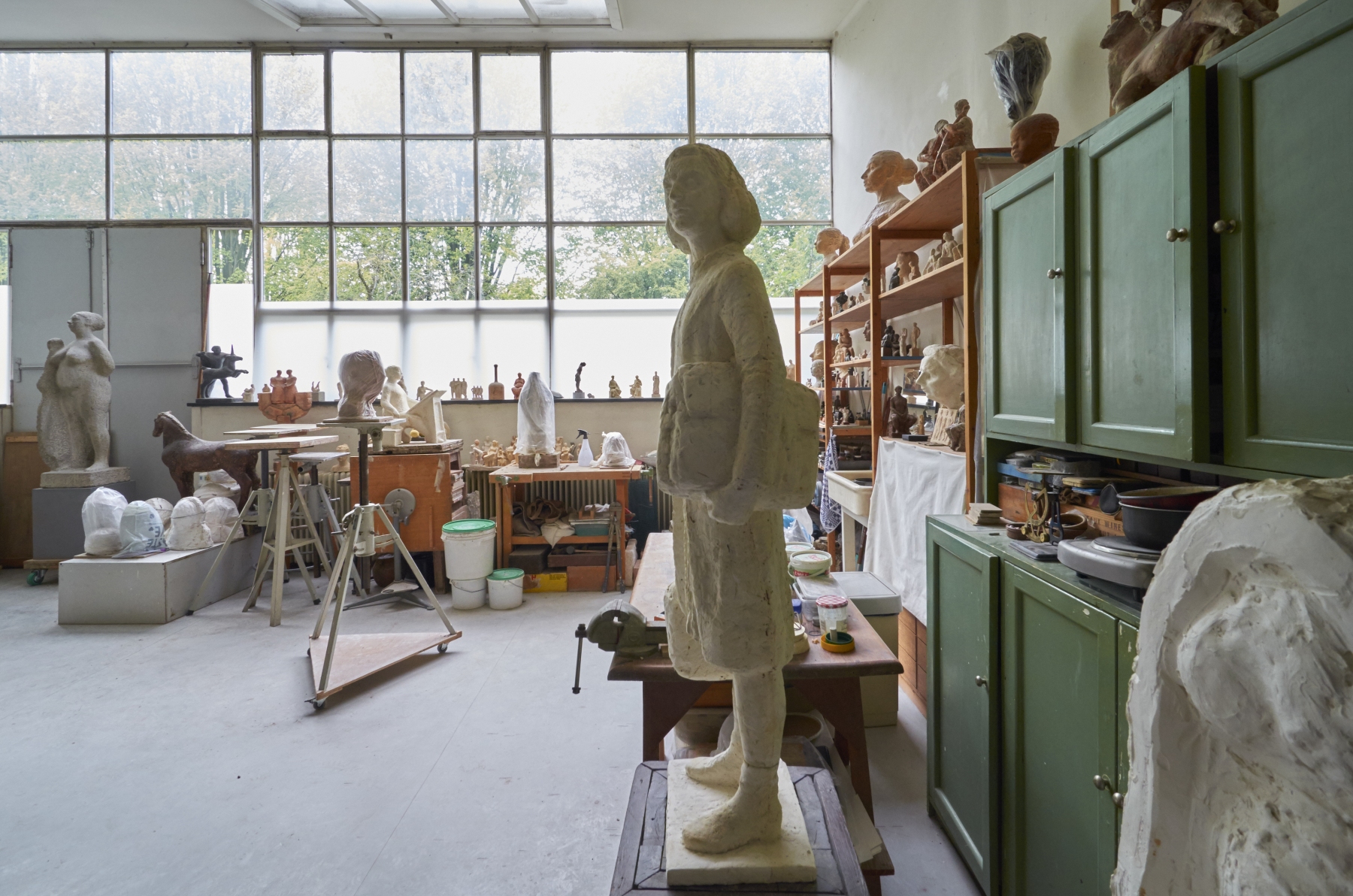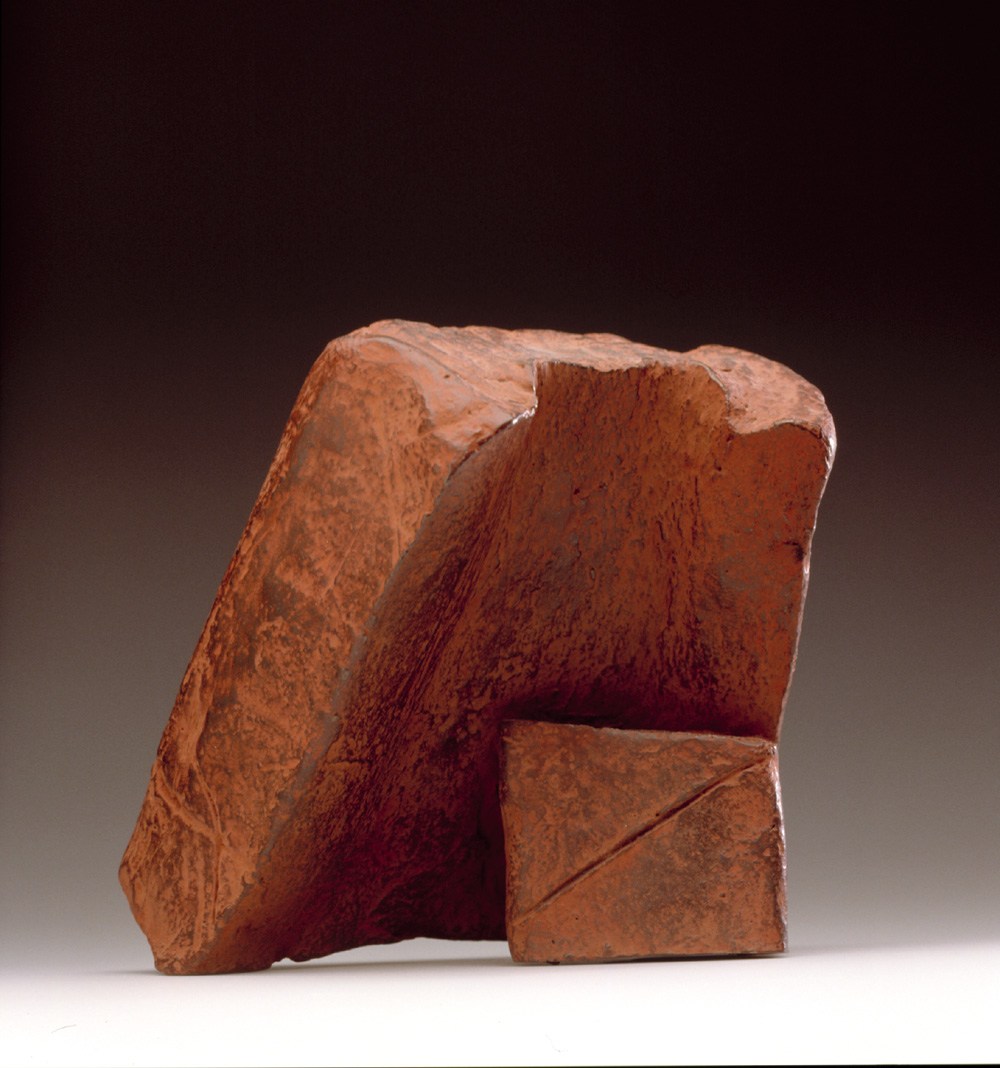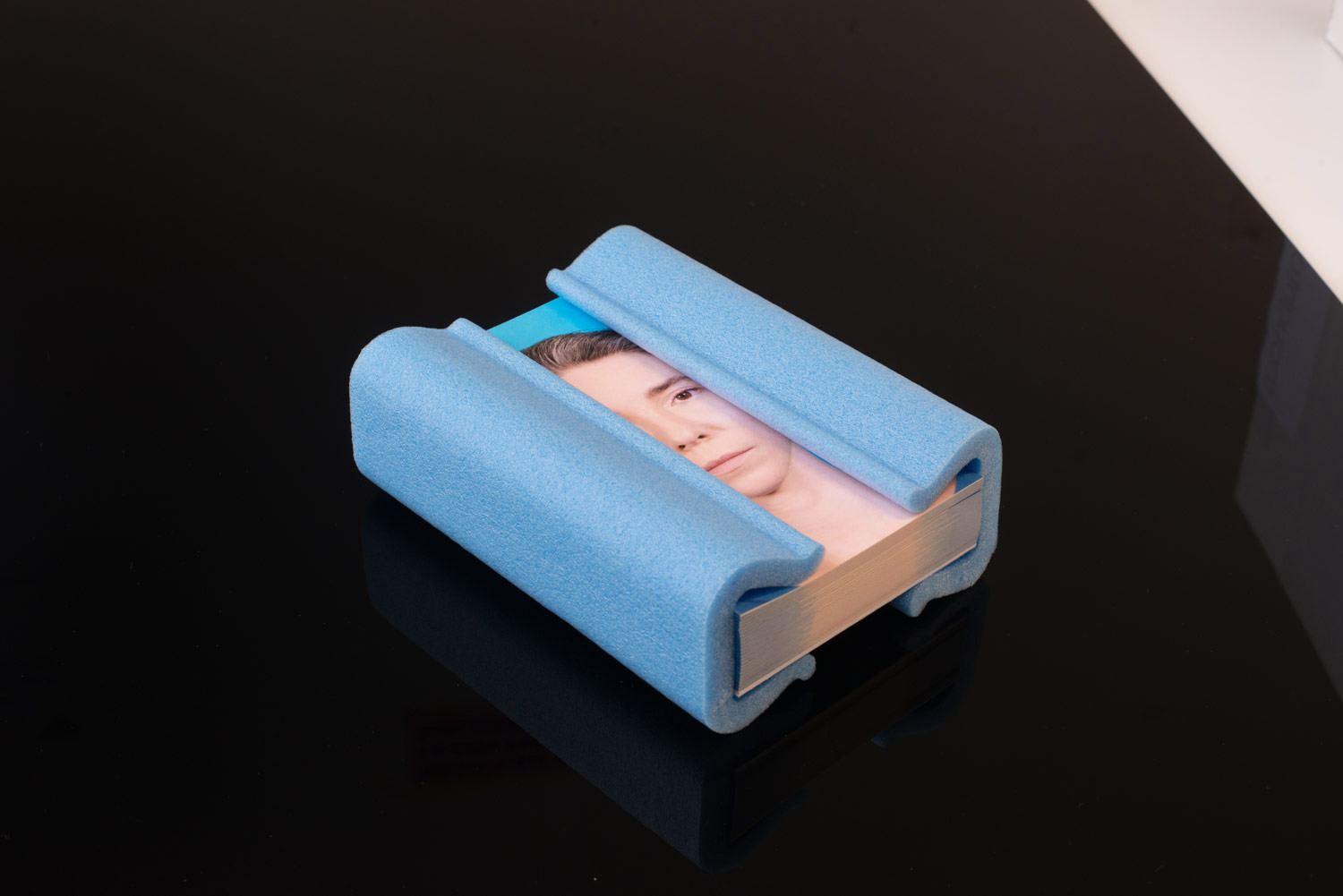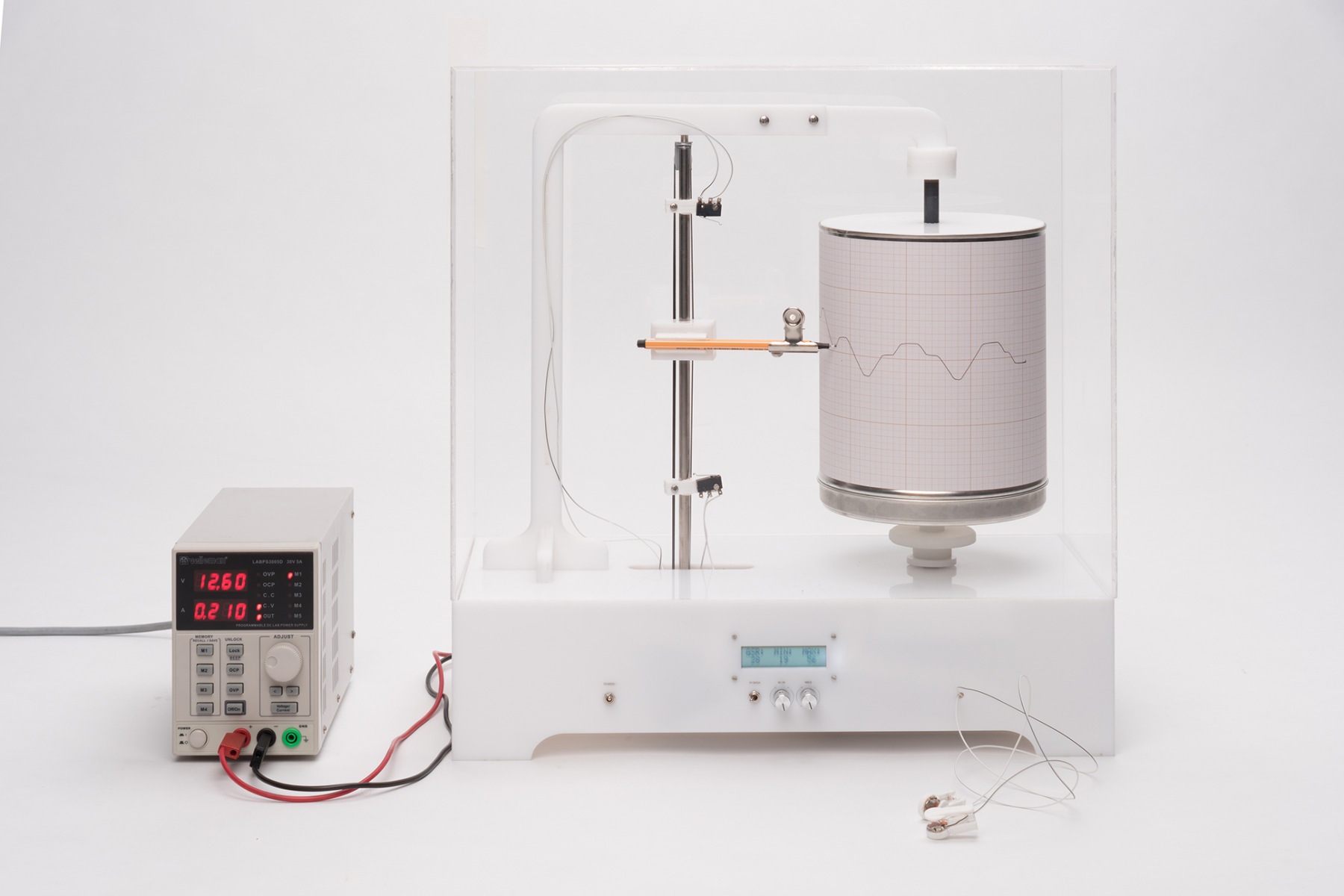Suriname-born Dutch artist Remy Jungerman (1959) lives and works in Amsterdam. He attended the Academy for Higher Arts and Cultural Studies in Paramaribo, Suriname, before moving to Amsterdam where he studied at the Gerrit Rietveld Academy.
In his work, Jungerman explores the intersection of pattern and symbol in Surinamese Maroon culture, the larger African Diaspora, and 20th Century “Modernism.” In bringing seemingly disparate visual languages into conversation, Jungerman’s work challenges the established art historical canon. As art and culture critic Greg Tate has remarked “Jungerman’s work leaps boldly and adroitly into the epistemological gap between culturally confident Maroon self-knowledge and the Dutch learning curve around all things Jungerman, Afropean and Eurocentric.”
Born and raised in Suriname, he is a descendant, on his mother side, of the Surinamese Maroons who escaped enslavement on Dutch plantations to establish self-governed communities in the Surinamese rain forest. Within their rich culture, many West-African influences are preserved including the prominent use of abstract geometrical patterns. Placing fragments of Maroon textiles, as well other materials found in the African diaspora such as the kaolin clay used in many African religious traditions or the nails featured in West African Nkisi Nkondi power sculpture, in direct contact with materials and imagery drawn from more “established” art traditions, Jungerman presents a peripheral vision that can enrich and inform our perspective on art history.
Jungerman represent the Netherlands at the 2019 Venice Biennale with Iris Kensmil. In 2017 he was nominated for the Black Achievement Award in The Netherlands.
In 2008 he received the Fritschy Culture Award from the Museum het Domein, Sittard, The Netherlands.
Jungerman is co-founder and curator of the Wakaman Project, drawing Lines – connecting dots. Wakaman, which literally means, “walking man” was born out of a desire to examine the position of visual artists of Surinamese origin and to raise their profile(s) on the international stage.
He has exhibited works at: 58 Venice Biennial, Dutch Pavilion, IT; Prospect3, New Orleans, US; Brooklyn Museum, New York, US; El Museo del Barrio, New York, US; Hudson Valley MOCA, New York, US; Jack Shainman Gallery, New York, US; New Jersey City University, New Jersey, US; Rennie Museum, Vancouver, CA; Stedelijk Museum, Amsterdam, NL; Kunstmuseum, Den Haag, NL; Centraal Museum, Utrecht, NL; Museum Arnhem, NL; Museum het Domein, Sittard, NL; Afrika Museum, Berg en Dal, NL; Zeeuws Museum, Leeuwarden, NL; Lumen Travo Gallery, Amsterdam, NL; C&H Gallery, Amsterdam, NL; Havana Biennale, CU; Museum Bamako, ML; Museum Tromso, Norway; Künstlerhaus Bethanien, Berlin, Germany; Badischer Kunstverein, Karlsruhe, Germany; Malba, Buenos Aires, AR; Cemeti Art House, Yogyakarta, ID; Gallery Krinzinger, Salzburg / Vienna, AT; Stedelijk Museum Aalst, BE; Musée Art contemporain, FR; Air de Paris, FR
He’s now represented by Fridman Gallery, NY, US and Galerie Ron Mandos, Amsterdam, NL
His International residencies include Art Omi and International Studio & Curatorial Program (ISCP) in New York.
His work has been featured in numerous publications and acquired by various institutions and private collectors worldwide.






